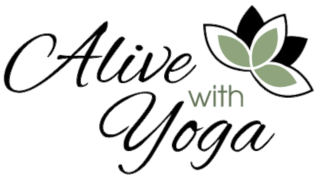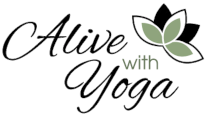BACK ISSUES ARE INEVITABLE? Well, Maybe Not! That vital Psoas muscle that connects the upper to the lower body is probably the key.
The Psoas is one of our most important core muscles, but also one of the most misunderstood.
A strong and balanced psoas affects the integrity of our core and stabilizes the spine, helping to prevent low back and pelvic issues.
You need to Free Your Psoas Muscle. You will find out how in the workshop.
Cathy examines the importance of the psoas. In addition to exploring the anatomy of the psoas and its role as the important interface between trunk and legs, she will show key yoga postures and sequences, to strengthen, stretch and balance the psoas and other key hip flexors.
What You Will Learn:
- The role of the psoas in structural balance and back health.
- Why the psoas muscle is a key player in developing true core strength; it’s is not just about strong abs.
- Why the psoas and hip flexors often become short and tight, and what to do about it.
- How to observe and assess common psoas imbalances in yourself, why these imbalances often are precursors to back problems and key therapeutic approaches to creating a balanced psoas.
How to locate the psoas in your yoga practice and key alignment principles to help, not hurt the psoas in your practice.
“If we perceived Life with reverence, we would stand in awe at the experience of physical life and walk the Earth in a very strong sense of gratitude” – Gary Zukav
Try not to eat a heavy meal at least 2 hours before class. If you feel hungry, have a light snack such as fruit and tea
Wear loose, comfortable clothing. Layers provide for shedding & adding
Classes begin on time so arrive a few minutes early to get settled
Bring your own mat or towel.
You might also like to bring a blanket, cushion, eye-pillow, belt, block







